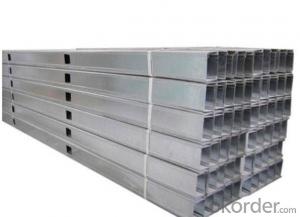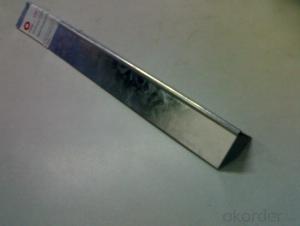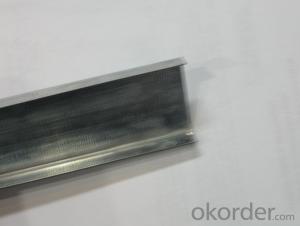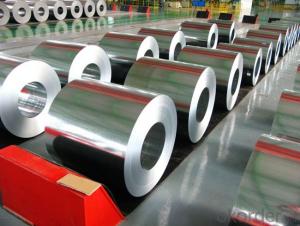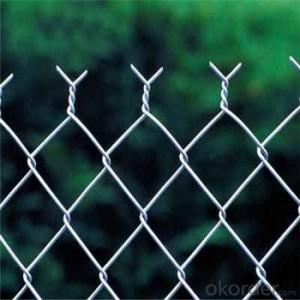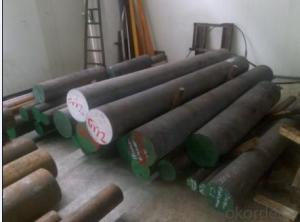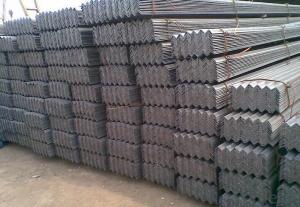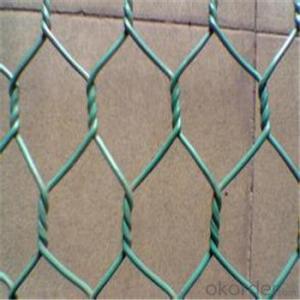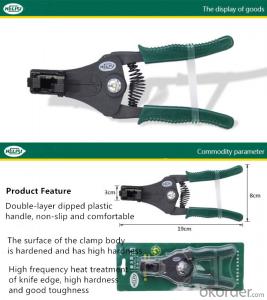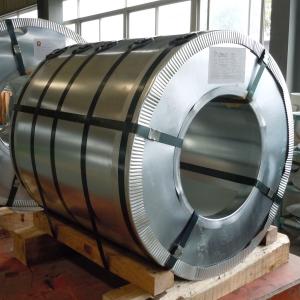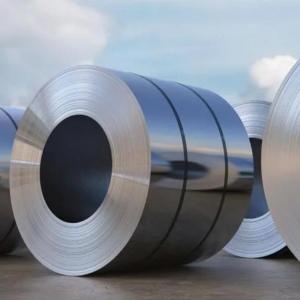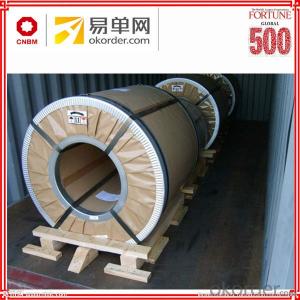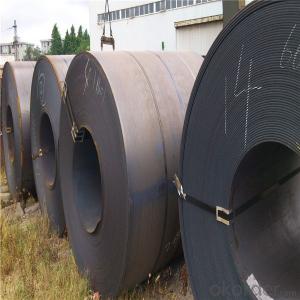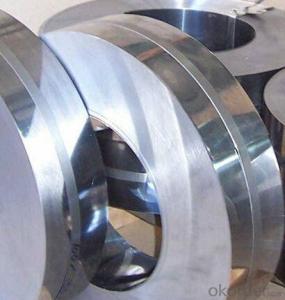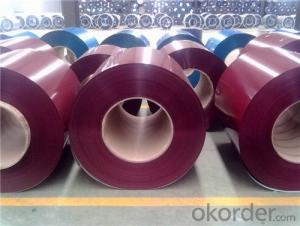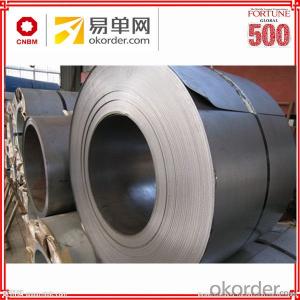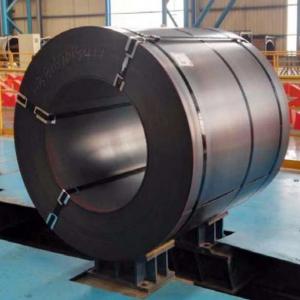Cutting Galvanized Steel
Cutting Galvanized Steel Related Searches
Best Paint For Stainless Steel Paint For Galvanized Steel Steel Frames For Furniture Self Tapping Screws For Steel Surface Grinding Wheels For Hardened Steel Hole Saw For Stainless Steel Paint For Stainless Steel Stainless Steel For Bbq Step Bit For Stainless Steel Sponge For Stainless SteelHot Searches
Steel Mesh Panels For Sale Price For Stainless Steel Scrap Scrap Price For Stainless Steel Price For Stainless Steel Stainless Steel Tank For Sale Stainless Steel Sheets For Sale Cheap High Tea Sets For Sale Stainless Steel Tanks For Sale Stainless Steel For Sale High Density Fiberboard For Sale Solar Hot Water Collectors For Sale Scaffolding For Sale In Uae Scaffolding For Sale In Ireland Scaffolding For Sale In Houston Type Of Inverter For Solar Price Of Shipping Containers For Sale Types Of Inverter For Solar Stock Price For Aluminum Used Solar Inverter For Sale Steel Mesh Panels For SaleCutting Galvanized Steel Supplier & Manufacturer from China
Okorder.com is a professional Cutting Galvanized Steel supplier & manufacturer, offers integrated one-stop services including real-time quoting and online cargo tracking. We are funded by CNBM Group, a Fortune 500 enterprise and the largest Cutting Galvanized Steel firm in China.Hot Products
FAQ
- I'm quite confused...i watched all of steel angel kurumi (the 28 episodes) and then continued to steel angel kurumi zero. it was an entire different story line with only the steel angels being the same. the world is different the guys are different, and there is a new character. Even the humor is gone. its like a whole different series. So what gives, what is the relationship between them?
- Steel Angel Zero is an OVA (Original Video Animation), a very short animation that went straight to DVD. It probably was written because Kurumi was so popular, and the producer wanted to check the waters for whether they should make a second season. It's pretty hard to keep track of what anime is which, especially in the more popular series. If you think Zero is worth zero, try Steel Angel Kurumi 2 (anime, 12 episodes), and Steel Angel Kurumi Encore (OVA, 4 episodes) as well.
- I have a steel plate 3' long x 2 wide x 3/16 thick. I have a 1/2 diameter hole with the center 3/4 from the end. Tensile strength is 38,000psi. A chain goes through the hole and is connected to a load. how does one determine how much tension the chain can have before it rips through the hole?
- Your title asks for the working load, yet your problem asks for the failure load (ripping the plate). These are two different things, since there must be a factor of safety on the failure load to get to the working load. The factor of safety varies from code to code and depending on what the plate/chain is being used for. The failure load would be the net cross section of the plate (after subtracting out the hole) x the strength of the plate. In this case it would be (2 - .5)*3/16*38000psi=10,687.5 lbs You would also need to check the strength of the chain to make sure that it doesn't break before the plate.
- There are several common problems that can be encountered during steel coil production. One of the most common issues is coil breakage or damage. This can occur due to improper handling or transportation of the coils, which can lead to cracks or fractures. It is crucial to ensure proper handling procedures are followed to minimize the risk of coil breakage. Another common problem is coil slippage. This occurs when the coils are not securely stacked or stored, leading to them shifting or sliding. Coil slippage can result in damage to the coils and potentially cause accidents or injuries. Therefore, it is essential to have proper storage systems in place to prevent coil slippage. Additionally, coil corrosion is a common problem faced during steel coil production. Corrosion can occur due to exposure to moisture, air, or other corrosive substances. It can lead to the degradation of the steel, reducing its strength and durability. Implementing effective corrosion prevention measures, such as proper coating or storage techniques, is essential to mitigate this issue. Another challenge in steel coil production is coil quality issues. This can include inconsistent thickness, width, or surface defects on the coils. These quality problems can arise due to various factors, such as improper rolling processes, equipment malfunctions, or material defects. Regular quality checks and inspections should be conducted to identify and address any issues promptly. Moreover, coil handling and loading problems can also occur during steel coil production. Improper lifting or loading techniques can cause damage to the coils, leading to deformations or even accidents. It is crucial to train and educate employees on proper handling and loading procedures to prevent such problems. Overall, steel coil production can face various challenges, from coil breakage and slippage to corrosion and quality issues. Implementing proper handling, storage, and quality control measures is essential to minimize these problems and ensure the production of high-quality steel coils.
- Is there alloys in low carbon steel or non
- Stainless Steels are alloys that are made up of iron and generally contain around 11.5% chromium. For obtaining special properties, nickel, carbon, chromium, and other elements can be added to it. There are four types of Steel : Carbon Steel Alloy Steel Stainless Steel Tool Steel From kitchen utensils to cutlery, sinks to machine drums, as well as microwave oven liners mainly, use Stainless Steel. One can find different types of products such as Stainless Steel Tube Fittings, Pipe Fittings, Flanges, pipes, Tubes, Fasteners, Sheets, Rods, Bars and so forth are used in different industries. List of typical applications of these Stainless Steel products include: Oil and gas equipments Offshore technology Seawater desalination plants Chemical industry Bridges Storage tanks Medical Industry Civil Engineering Pressure vessels, reactor tanks, and heat exchangers Rotors, impellers and shafts Power plants Petrochemical Shipbuilding industry
- There are several types of steel alloys commonly used in coil manufacturing, including carbon steel, stainless steel, and high-strength low-alloy (HSLA) steel. Carbon steel is the most common and affordable option, offering good strength and durability. Stainless steel is corrosion resistant and often used in applications where hygiene or aesthetics are important. HSLA steel provides high strength and improved formability, making it suitable for demanding applications such as automotive parts.
- I am doing a experiment on mild steel soaked in sodium chlorideanyone can enlighten me about the effect of the sodium chloride in engineering term ?The mild steel specimen which I soaked in the sodium chloride has orange rust on it
- The mild steel contains a lot of Iron. The NaCl solution quickly attacks the iron content and forms rust. Over time, the solution may also cause what is called 'Chloride Cracking' of the steel. Pitting corrosion of stainless steel due to chlorides would certainly produce a rust-colored product. Passivation can be used to maintain a good corrosion resistant surface of stainless steel process vessel. There are many commercial products for this purpose. In the pharmaceutical industry, this process is often called derouging, that is to remove the buildup of iron oxides on the stainless steel process surfaces
- Steel coils undergo various testing methods to assess their durability, strength, and resistance to different stresses and conditions. Some commonly used techniques include: 1. Tensile testing: This method measures the maximum stress a coil can bear before breaking or deforming by subjecting it to tension. It provides valuable insights into the strength and ductility of steel coils. 2. Bend testing: This method evaluates the flexibility and resistance to deformation of steel coils by bending them to a specific angle and checking for cracks or fractures. It is essential for assessing coil durability in industries like construction or automotive. 3. Impact testing: This method determines the ability of steel coils to withstand sudden shocks or impacts. It involves striking the coil with a heavy object and measuring energy absorption or deformation. Impact testing helps identify coil toughness and resistance to sudden loading conditions. 4. Corrosion testing: Steel coils often face corrosive environments like moisture or chemicals. Corrosion testing examines the resistance of steel to degradation caused by these agents. Salt spray or electrochemical testing simulates and evaluates coil durability in corrosive conditions. 5. Fatigue testing: This method assesses the ability of steel coils to endure repeated loading and unloading cycles. It subjects the coil to cyclic stresses until failure. Fatigue testing is crucial in machinery or infrastructure applications where coils experience repetitive loading. 6. Hardness testing: This method gauges the resistance of steel coils to indentation or scratching, providing information about their strength and wear resistance. Common hardness tests include Brinell, Rockwell, and Vickers methods. 7. Non-destructive testing: In addition to the destructive methods mentioned above, non-destructive techniques like ultrasonic testing, magnetic particle inspection, or X-ray testing are used to detect internal defects or flaws without damaging the coil. By utilizing these testing methods, manufacturers and industries can ensure that steel coils meet the required durability standards and perform reliably in their intended applications.



